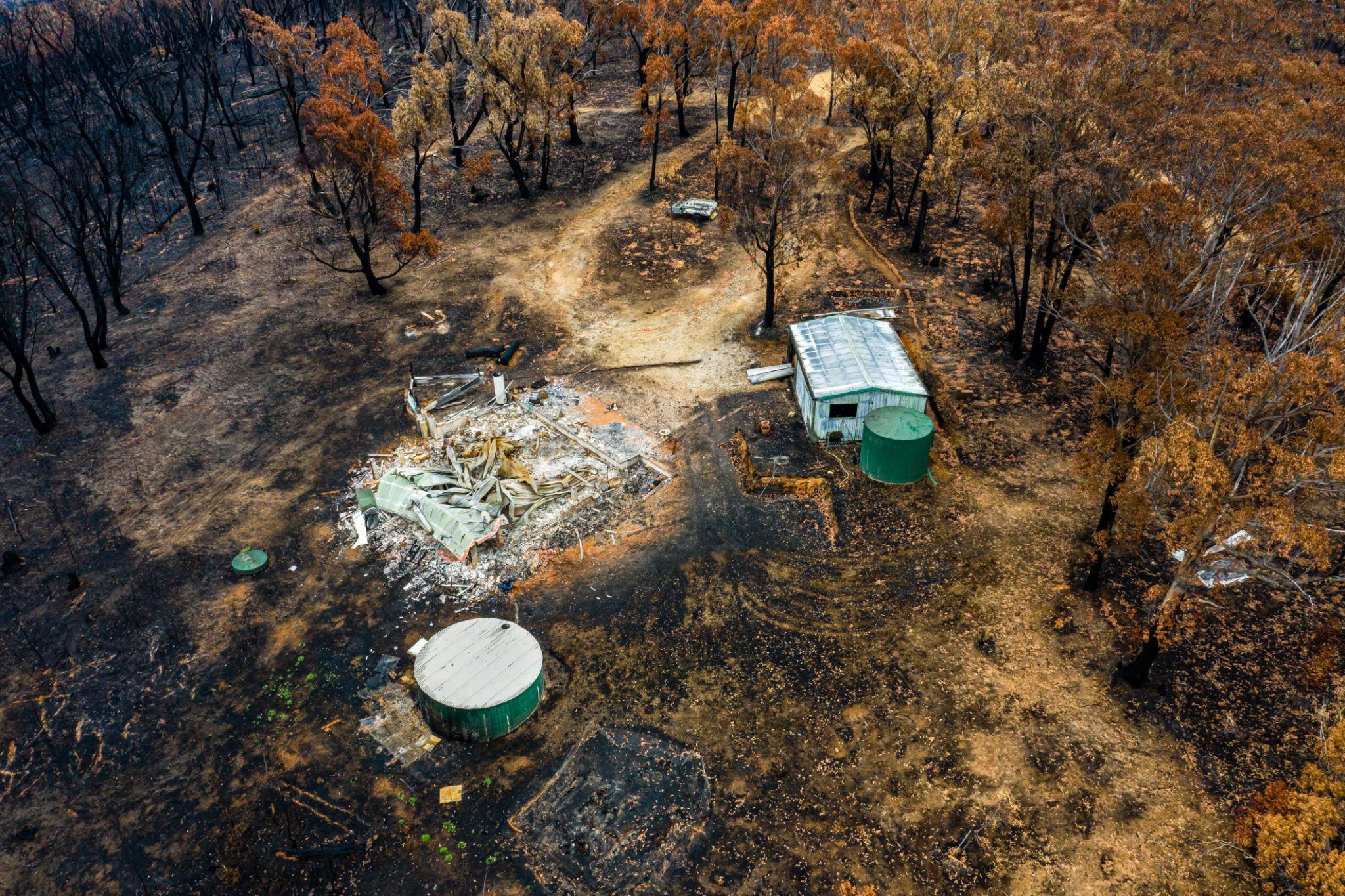How Weather and Climate Affect Real Estate Choices
NR
Understanding the Impact of Climate on Real Estate
When considering real estate investments or relocating, the influence of weather and climate is often a crucial factor. These environmental aspects not only affect the immediate living conditions but also have long-term implications on property value and lifestyle. Understanding how different climates impact real estate choices can help buyers make informed decisions.

Desirability of Mild Climates
Regions with mild climates tend to be more desirable for homebuyers. Areas with moderate temperatures throughout the year are usually popular because they offer comfort and convenience without the extreme conditions that can limit outdoor activities or increase energy costs. This desirability often leads to higher property values and increased demand in such regions.
In contrast, regions with harsh winters or scorching summers may deter potential buyers due to the additional challenges they present. For instance, homes in areas prone to heavy snowfall might require significant maintenance efforts, including snow removal and increased heating costs.
Climate Change and Its Implications
Climate change is an increasingly critical factor in real estate. As weather patterns become less predictable, properties in areas susceptible to natural disasters like hurricanes, floods, and wildfires may experience fluctuating demand. Buyers are more cautious about investing in regions where climate change could pose a risk to property safety and longevity.

This unpredictability is also leading to increased insurance premiums and stricter building codes, which can affect the overall cost of owning a home in vulnerable areas. As a result, understanding local climate trends is essential for anyone considering purchasing property.
The Role of Natural Disasters
Natural disasters have a profound impact on real estate markets. Areas prone to hurricanes, earthquakes, or wildfires often see fluctuations in property values, affected by both immediate damage and long-term risk perceptions. Homebuyers need to consider these risks when choosing a location, as they can influence insurance costs and property value over time.
Moreover, the aftermath of a natural disaster can lead to a surge in housing demand in unaffected areas, as people seek safer environments. This shift can temporarily inflate prices in these safer zones, impacting affordability and availability.

Adaptation and Resilience in Real Estate
As awareness of climate impacts grows, the real estate industry is adapting by incorporating resilience into property development. Builders are increasingly focusing on sustainable designs that can withstand extreme weather events, such as elevated structures in flood-prone areas or homes with fire-resistant materials in wildfire zones.
These innovations not only enhance safety but also attract environmentally conscious buyers who prioritize sustainability. As a result, properties that incorporate climate-resilient features are becoming more attractive investments.
Conclusion: Weighing Climate Considerations
When making real estate decisions, it's crucial to weigh the influence of weather and climate carefully. While factors like location, amenities, and price remain important, understanding the broader environmental context helps ensure a wise investment. By considering how weather patterns and climate change might affect a property over time, buyers can make more informed choices that align with their lifestyle and investment goals.